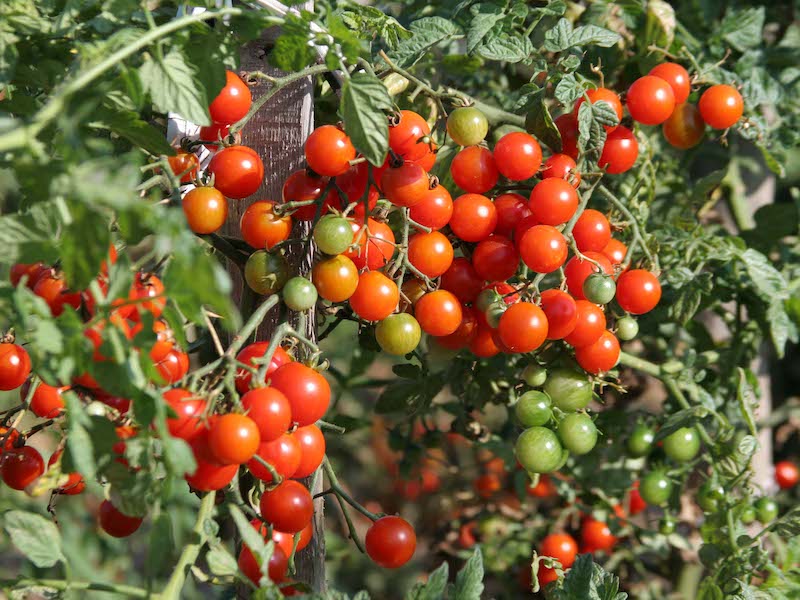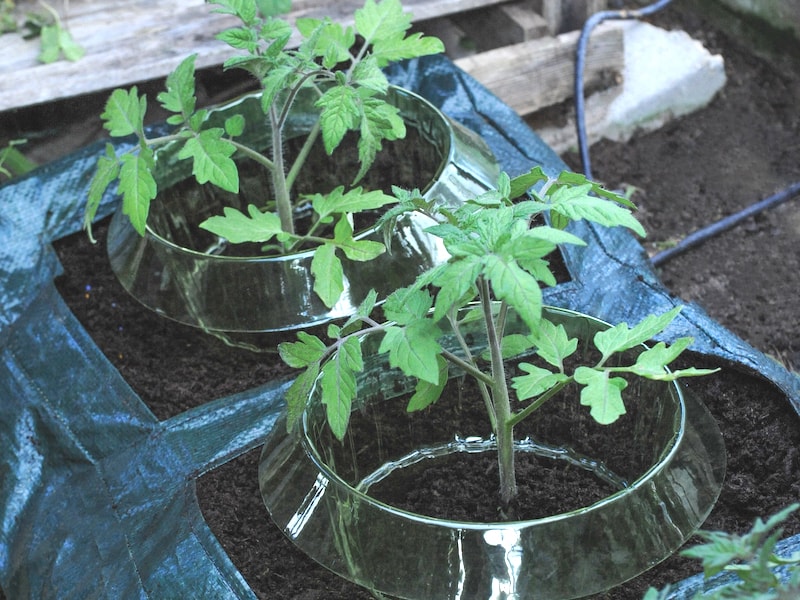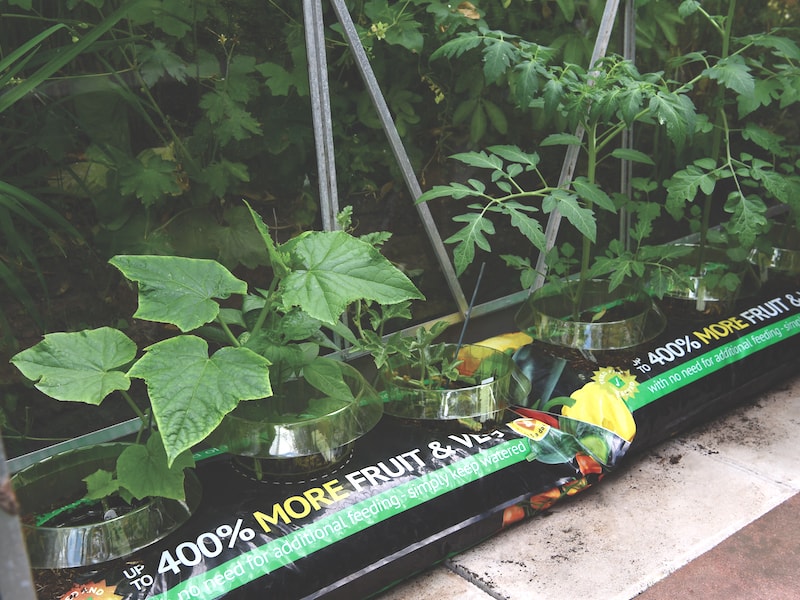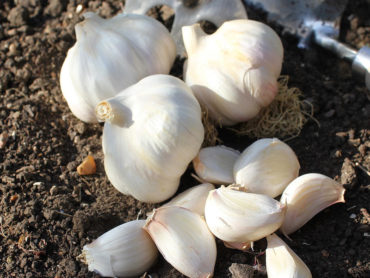You don’t need a dedicated vegetable patch or allotment to grow your own fresh fruit and veg. In fact, you don’t even need soil. With just a few grow bags, you can easily raise shallow-rooted crops like tomatoes, peppers and salad leaves on a sunny patio, deck or balcony. Here’s how to create your own mini veg garden with a couple of grow bags…
Order your Incredicrop® grow bags here for easy doorstep delivery. And when you’re ready to begin, browse our full range of vegetable plug plants.
Which crops can you plant straight into grow bags?

Image: Suttons
Many gardeners traditionally used grow bags in greenhouses to avoid soil-borne pests and diseases. But they’re just as useful on a sunny patio or balcony. For small gardens, grow bags are a quick and easy way to grow healthy produce without having to buy expensive troughs or containers. You can move them around easily, and when you’re done, simply clear them away.
Here are some of the shallow-rooted vegetables that can be grown directly in grow bags:
- Tomatoes
- Celery
- Sweet peppers
- Chillies
- Courgettes
- Lettuce and cut-and-come-again salad leaves
- Rocket
- Spinach
- Radishes
- Spring onions
- Herbs
While there are plenty of crops that thrive in these conditions, avoid grafted plants which need more space for their vigorous root systems. Deeper rooted vegetables like pumpkins, squash and sweet potatoes also need a little more space.
How to plant up grow bags

Image copyright: Thompson & Morgan
Two to three plants can be planted in each grow bag. You can add a water-saving plant collar if you want to create a deeper planting area and deliver water straight to the roots. Here’s a step-by-step guide to get you started:
- Give the growbag a good shake to loosen the compost and make sure it’s spread evenly.
- Make some small drainage holes underneath, and cut slits for your plants on the top.
- If you’re growing a crop of cut-and-come-again salad leaves, remove a long rectangular strip of plastic and direct sow the seeds onto the compost.
- If you’ve bought vegetable plug plants or garden-ready potted varieties, water them well and allow them to drain.
- Dig a planting hole and, if using a collar, push it into the compost.
- Position the plant so that the top of the root ball is just below the surface of the compost.
- For cordon plants like tomatoes, push a stake into the compost so you can tie the plant in as it grows.
- Keep the compost moist but not wet.
- Once flowers appear, feed with a high potash liquid fertiliser.
Grow bags are only good for one season, after which time the nutrients are all used up. When your harvest is complete, split the bag open and add it to your garden to act as a soil conditioner. Don’t be tempted to use bags of mushroom compost for veg growing as they don’t provide enough nutrients. Buy good quality grow bags enriched with fertiliser to give your crops the best chance of success.
Image: Suttons




Hi there, we feel if you use mushroom compost bags, they will not have enough nutrients to be used as a growbag I’m afraid. We hope this has been helpful to you.
Best regards,
The Suttons Team
Can you use mushroom compost bags as growbags?
Dear Sir/Mdm,
I have just purchased your Tomato Totam and Heartbreaker plants in a pot . There are some baby tomatoes on these already. My inquiry is it possible to repot to a bigger pot to increase growth.
I look forward to your reply .
Michael Whyte
Dublin